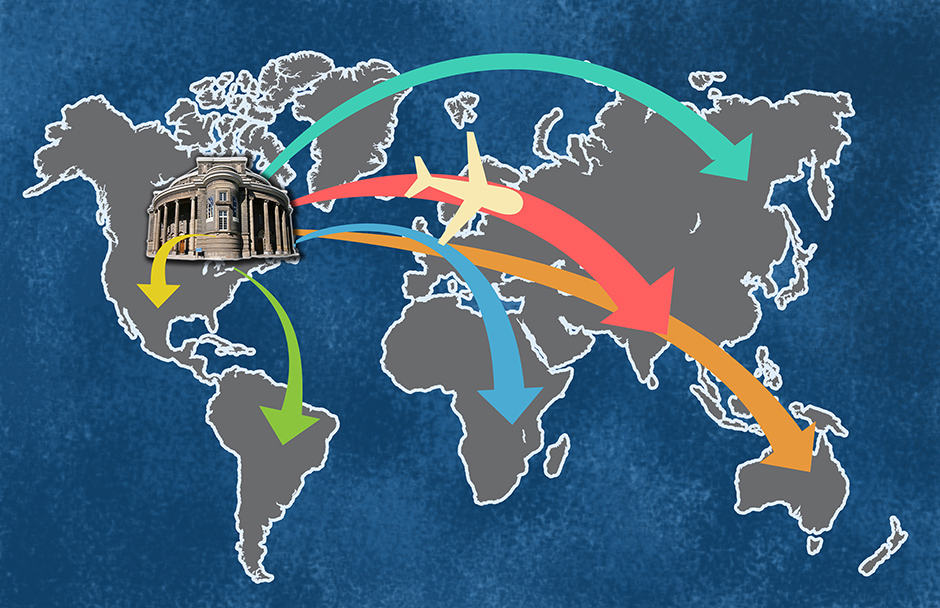As U of T president Meric Gertler wrapped up his late January visit to India, some important aspects of his trip should be addressed.
In addition to giving public lectures at the Observer Research Foundation in New Delhi and the Federation of Indian Chambers of Commerce, Gertler co-hosted a workshop entitled Universities in Urbanization: Building Healthy, Sustainable & Innovative Cities. Not only is this topic Gertler’s academic strong suit, but it is also of particular consequence for U of T due to its location within the heart of the city.
Indian students represent the second-largest international student demographic at U of T. Given the apparent willingness on behalf of the administration to branch out to other countries through academic partnerships and events, it would seem that the university’s international strategy has more room to grow.
In light of Gertler’s visit, it is important to consider where U of T stands as a premier international institution and as a leader in higher education. Are we doing enough to recruit international students and to provide them with adequate assistance once they arrive? What is the university doing to address the financial, cultural, and geographical barriers that prevent those who wish to study at our institution from doing so?
Some post-secondary institutions in Canada seem to have a solution. Niagara College, for instance, has created a campus in Saudi Arabia: Niagara College — Taif.
Establishing an international campus is no easy task, but it is definitely a worthwhile initiative. Space abroad creates opportunities for students who might otherwise be unable to attend North American institutions. If building the U of T brand globally continues to be an institutional goal for the foreseeable future, then perhaps the university administration should develop some plans for satellite programs abroad. It serves the dual purpose of exporting higher education to create more opportunities for students around the world who might not otherwise have them. It also helps to further U of T’s brand, name, and recognition among international students, who currently comprise approximately 17.5 per cent of our tri-campus population.
With that being said, it is also important to consider the geographical location the international interest stems from and where there is the most demand before even thinking of creating a satellite campus like Niagara College. The university needs to consider if it is a good idea and, if so, whether it is better to target countries with a higher representative student population or those whose student population is low, possibly because their residents find it difficult to come to Canada as students.
Gertler’s visit to India represents a continued effort by the university to develop and maintain its international brand. If international recognition and recruitment remain important for the university moving forward, then perhaps the administration should consider following the trend currently developing among several post-secondary institutions and draft plans to eventually develop campuses abroad and spread the U of T experience.
Dmitry Polyanskyy is a second-year student studying math and computer science.


